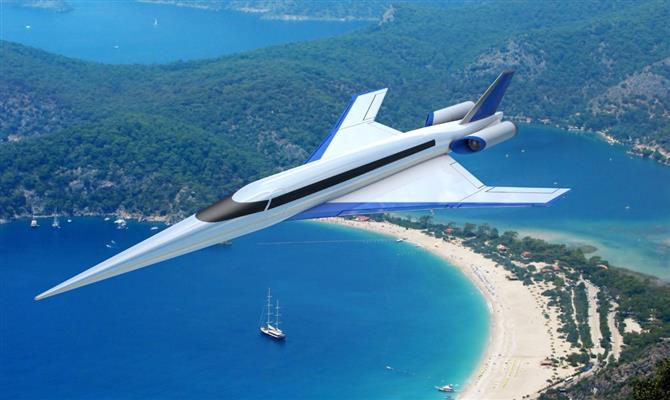The expectation of boarding a large commercial jet and going on a journey to the other side of the world will soon be as trivial as a domestic flight in a “normal” aircraft. Widebody jets can now be replaced by smaller aircraft, such as the traditional Airbus A320 and Boeing 737, adapted for transoceanic flights.
Advances in engine technologies and new aerodynamic solutions have contributed to significantly reducing the fuel consumption of commercial aircraft, opening up the possibility of ever longer routes. Taking advantage of this evolution, smaller planes, previously restricted to domestic flights, set out for the career of international travel between continents.
Airbus already operates firmly in this market with the A321LR. The model is a long-range version of the A321neo, with an extended range to 7,400 km. Another evolution of the A321neo, the A321XLR, will perform even more impressively, up to 8,700 km. It means being able to fly from São Paulo or Rio de Janeiro to New York or Lisbon without stops, routes today run only by widebodies. The launch of the aircraft is scheduled for mid-2024.
Boeing’s 737 MAX series jets also have good autonomy numbers. The smallest model in the family, the MAX 7, has a range of 7,130 km, enough to fly without stopovers from São Paulo to Miami. The use of small and less expensive aircraft compared to widebodies opens a new niche in the international travel market with the offer of cheaper tickets
